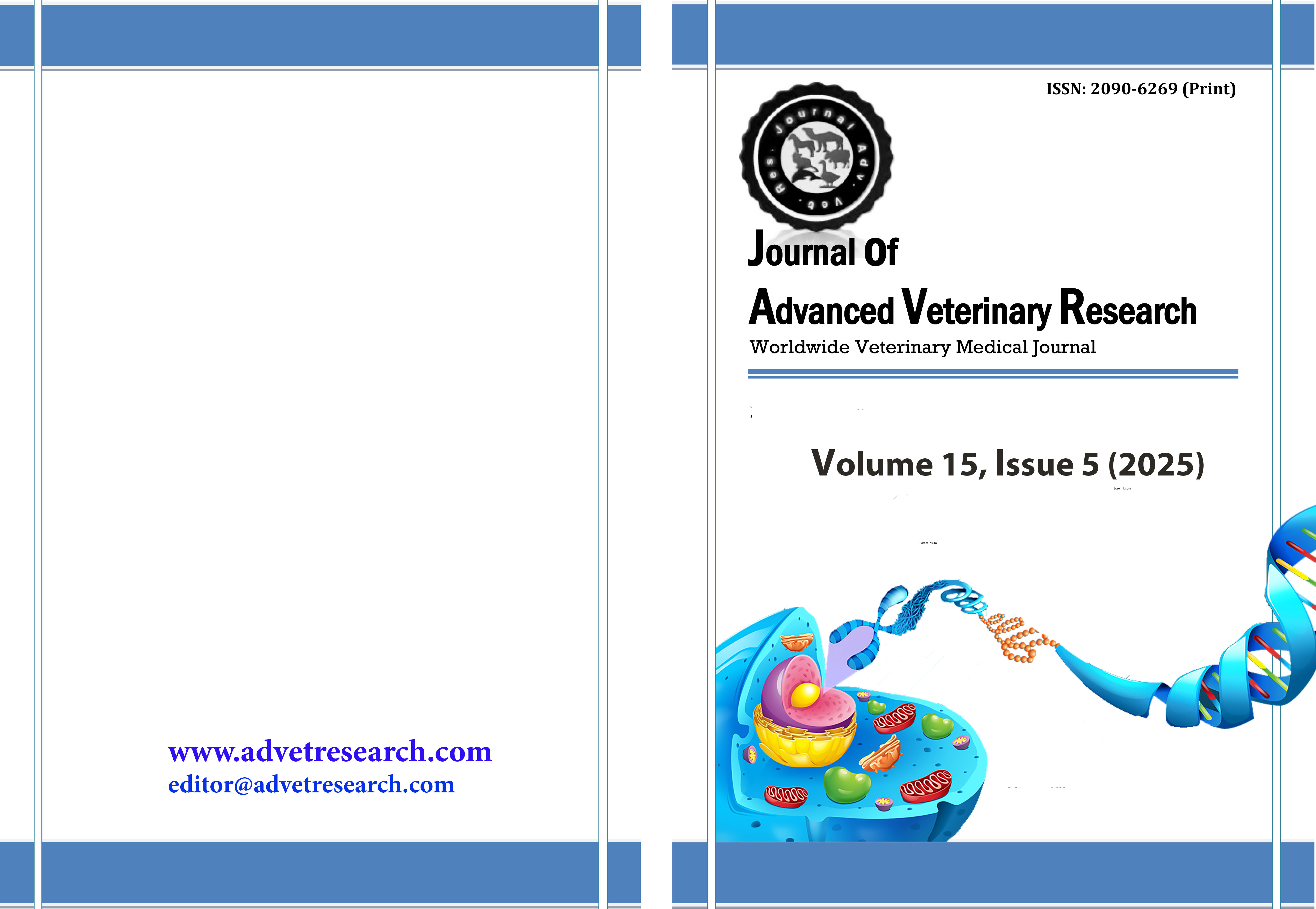Canonical discriminant analysis for selected morphometric traits of native chicken in Libya
Keywords:
Conservation breeding, Libyan native chickens, Morphometric variation, Phenotypic characterization, Population differentiationAbstract
This study evaluated morphometric traits of native chickens from three Libyan regions Abongim, Abu Hadi, and Sirte using Canonical Discriminant Analysis (CDA) to determine key traits for population differentiation. Six traits were measured in males and females: upper thigh length (UTL), lower thigh length (LTL), foot length (FL), third finger length (TFL), comb height (CH), and chest length (CL). Descriptive statistics indicated clear sexual dimorphism, with males generally larger and exhibiting greater variability in sexually dimorphic traits, while females showed greater uniformity, especially in skeletal dimensions. CDA revealed that Canonical Variate 3 (CAN 3) contributed most to discrimination, with FL, LTL, CH, and TFL being the most influential traits. Males exhibited higher classification accuracy (up to 75.48% in Abu Hadi) than females (maximum 58.21% in Sirte), suggesting greater morphometric divergence in males. Overall, the results indicate a largely homogeneous genetic background among Libyan native chickens with minor regional differences, particularly in limb and comb traits. This baseline morphometric information is valuable for supporting genetic conservation, selective breeding, and sustainable utilization strategies, although integration with molecular data is recommended to enhance population differentiation.
Downloads
Published
How to Cite
Issue
Section
License
Copyright (c) 2025 Journal of Advanced Veterinary Research

This work is licensed under a Creative Commons Attribution-NonCommercial-NoDerivatives 4.0 International License.
Users have the right to read, download, copy, distribute, print, search, or link to the full texts of articles under the following conditions: Creative Commons Attribution-NonCommercial-NoDerivatives 4.0 International (CC BY-NC-ND 4.0).
Attribution-NonCommercial-NoDerivs
CC BY-NC-ND
This work is licensed under a Creative Commons Attribution-NonCommercial-NoDerivatives 4.0 International (CC BY-NC-ND 4.0) license




